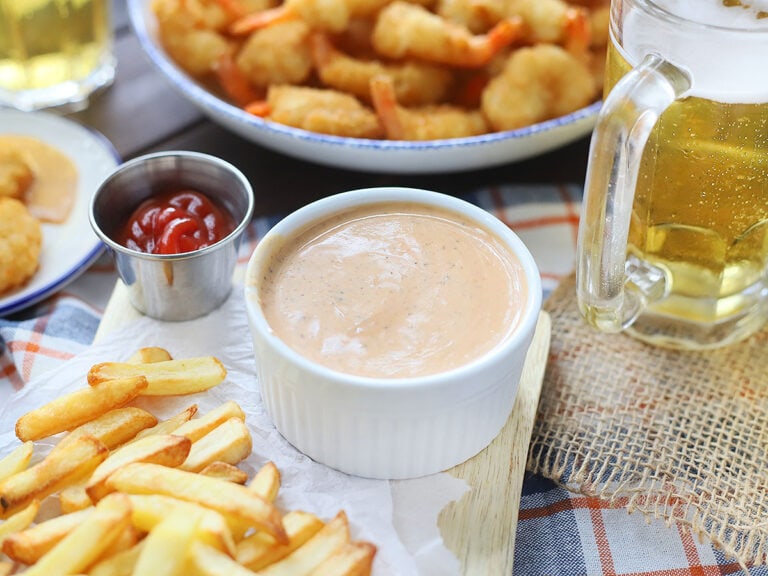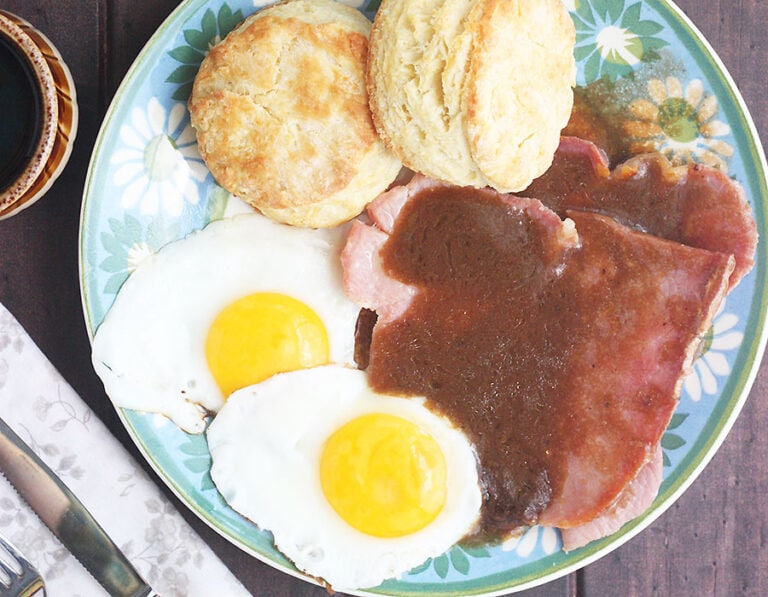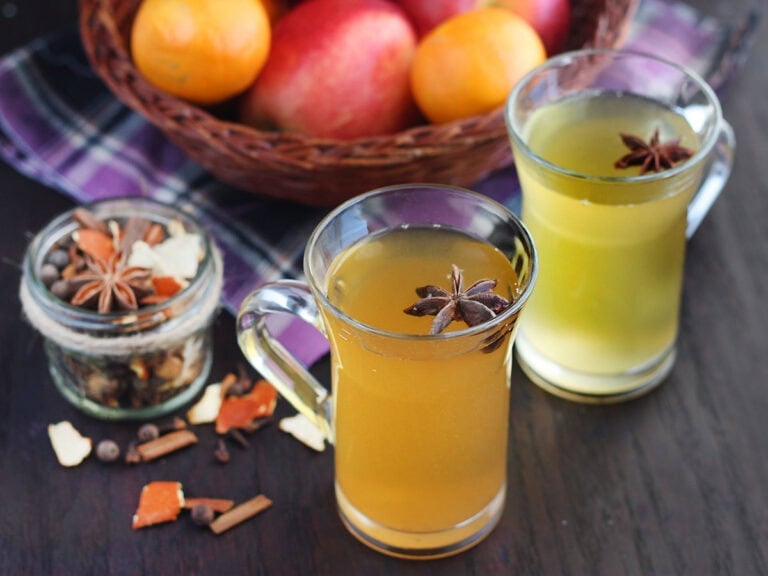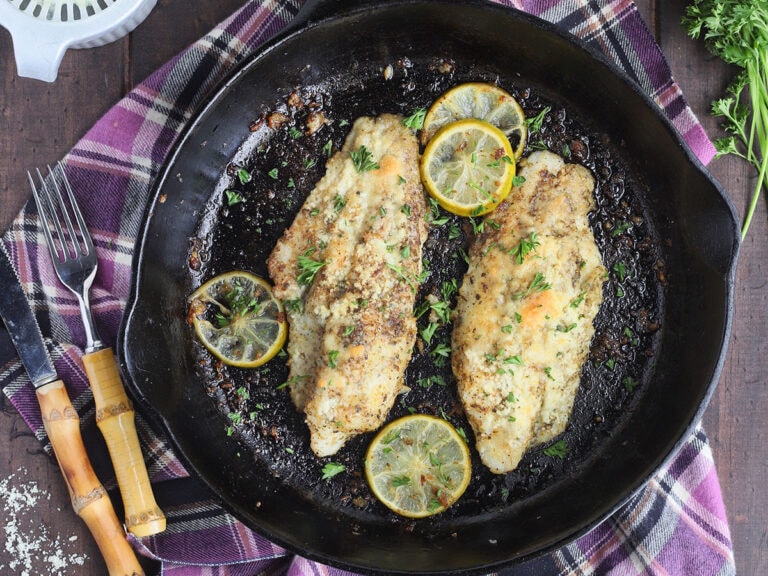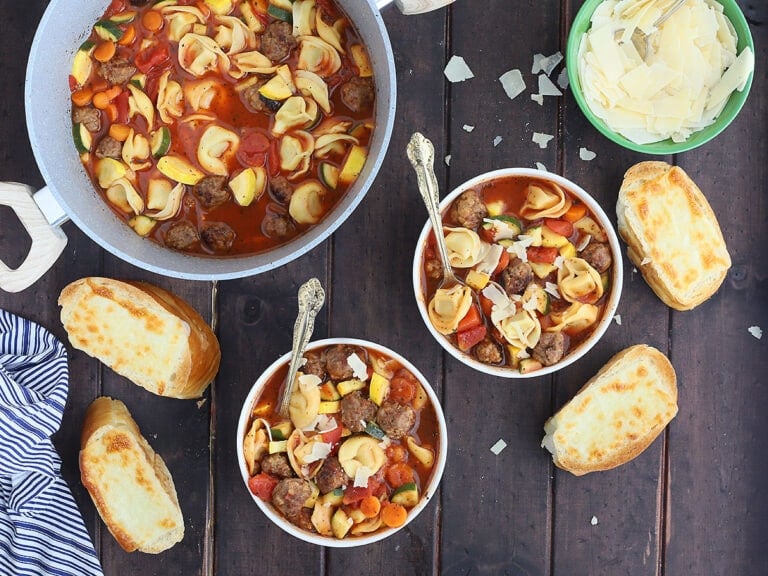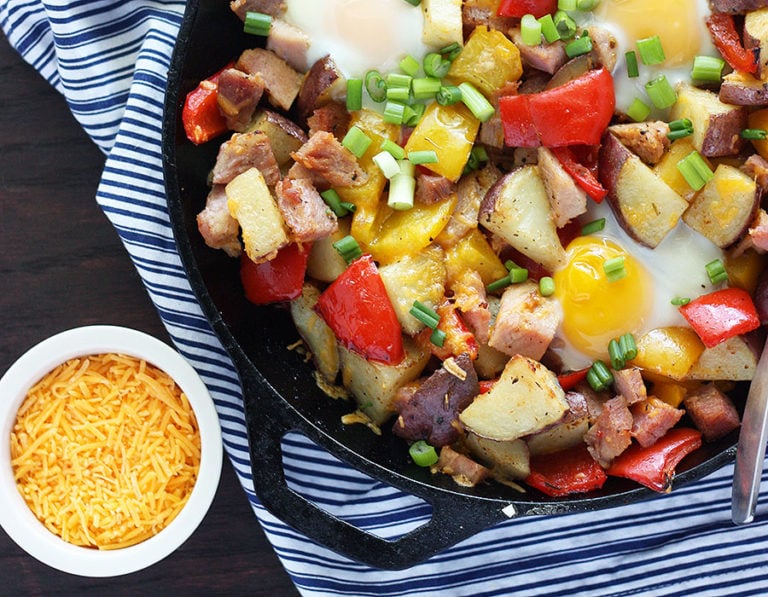Kettle Corn
Enjoy your favorite fair food at home with this easy kettle corn recipe. With only four ingredients, you’ll be able to enjoy homemade kettle corn all year.
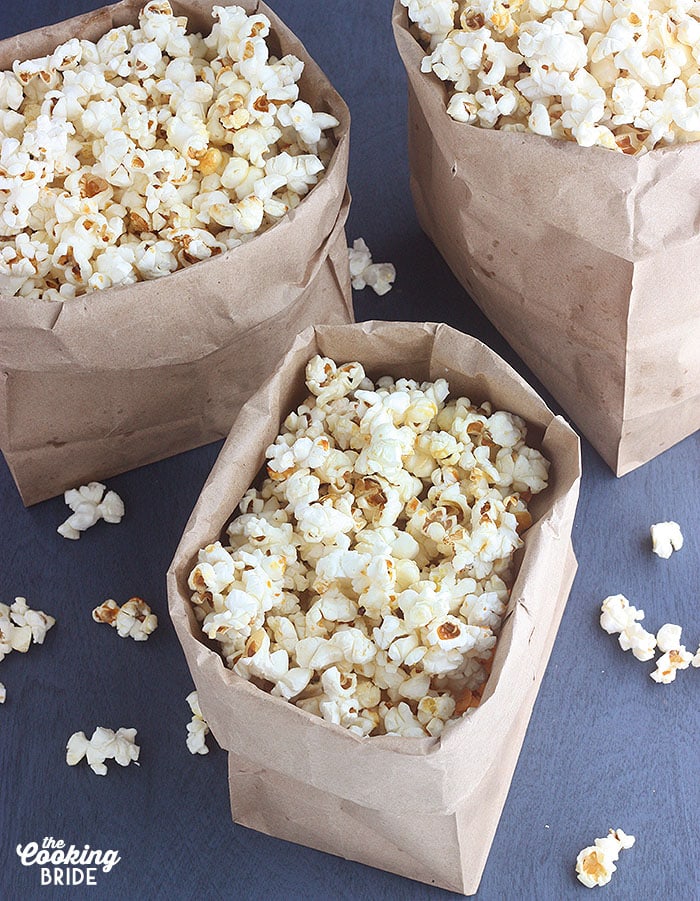
Every fall for the last seven or eight years, The Husband, my mother-in-law, my boys and myself load up and drive to a 1,500 acre peanut farm located about an hour and a half from where we live. From the end of September to the middle of November, this farm hosts a pumpkin patch to beat all pumpkin patches. If Linus’ Great Pumpkin existed, this is where it would rise every Halloween. It’s totally worth the 90-minute drive.
The boys look forward to picking out the perfect pumpkin and then playing at one of the numerous attractions on site. We grown ups look forward to our annual treat of boiled peanuts and homemade kettle corn. The smell of hot oil and popping corn kernels wafts over the open fields that transform into a parking lot every fall. You’re hungry for kettle corn before you even make it to the entrance.
Looking for more popcorn recipes? You will love this Peanut Butter Popcorn.
What is kettle corn?
Kettle corn is popcorn sweetened with sugar. When it was first introduced to the U.S. as a fair food by the Dutch in the late 1700’s, it was cooked in a large cast iron kettle, hence the name.
Kettle corn is different than caramel corn. Kettle corn is lightly sweetened, whereas caramel corn is coated with a heavy coating of caramelized sugar. Often at first glance, kettle corn does not look that different than plain popped corn. But upon closer inspection, you should be able to see a slight glossy sheen from the sugar coating. And of course, the taste is amazing!
What type of popcorn should I use?
If microwave popcorn is all you know, I’m sorry but that won’t work. For this recipe, you have to purchase unpopped popcorn kernels. I always find them in the same section as the microwave varieties, usually on the bottom shelf.

My grocery store carries both yellow and white popcorn kernels. Either is fine. I honestly could not taste a discernable difference between the two. I have read that yellow corn kernels are larger than white and therefore create larger popcorn.
What type of sugar should I use?
Moment of truth here, y’all. I went through no less than six batches of kettle corn during my recipe testing process before I finally produced something similar to my experience at the pumpkin patch. The dilemma is that sugar, when heated, eventually burns.
I started with white granulated sugar. I tried adding the sugar before the corn, after the corn, at the same time. You’ve got to keep the corn moving to prevent burning, so I tried lifting the lid and stirring (messy!), removing the pot from the heat and shaking it every three seconds, every ten seconds, etc., etc., etc. After four botched batches, I was ready to pull my hair out.
Maybe I needed to try a different type of sugar. A finer ground sugar, like powdered sugar, might dissolve quicker, coat the corn kernels better and produce the results I was looking for. You what? It worked! Two batches with the powdered sugar produced light, fluffy white kernels with a light sheen of sugary coating.
How to Make Old Fashioned Kettle Corn
I thought it would be quaint making kettle corn in a cast iron pot that belonged to The Husband’s grandmother. I quickly realized out that while this may have been the standard back 300 years ago, it was not ideal for my kitchen. In my opinion, the cast iron got too hot and it burned the sugar too quickly. My lid was also cast iron which meant I could see what was going on inside the post. I ended up with a sticky mess and a cast iron pot that needed to be re-seasoned.
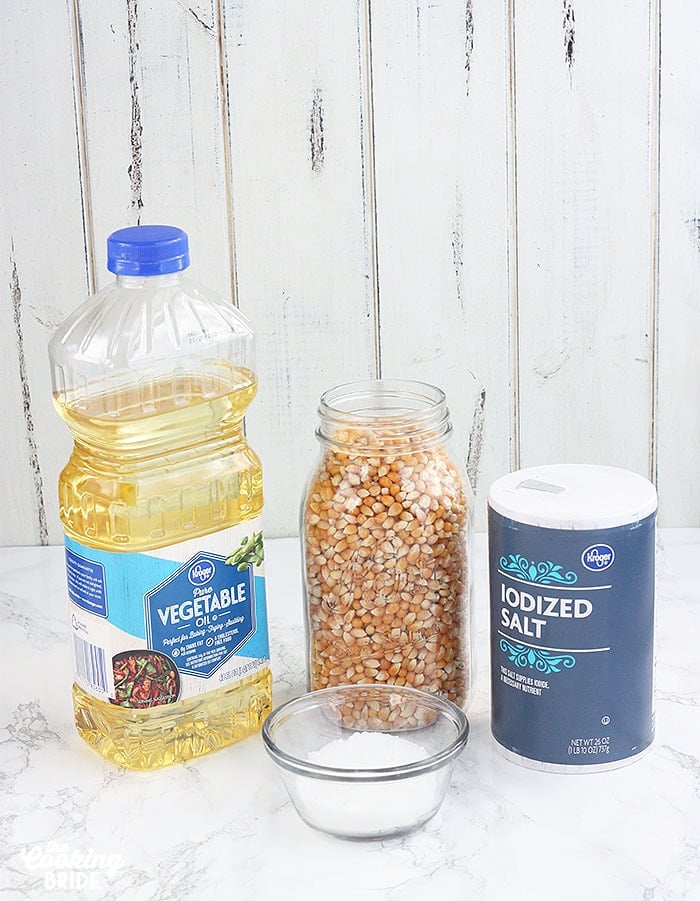
I transitioned to a large stock pot with a clear glass lid. If you own a non-stick stock pot, even better! Heat ¼ cup of cooking oil in the pot. I used vegetable oil, but you could also use canola or peanut oil. Coconut oil will work great too if you don’t mind your kettle corn popcorn having a slightly tropical flavor.
Drop 3-4 unpopped kernels into the pot with the cooking oil as it heats, then cover the pot with the lid. These kernels will help you gauge when the oil is hot. When they pop, your oil is ready.
Add ½ cup of unpopped kernels to the pot, followed by 1/3 cup of powdered sugar and one teaspoon of salt. Using a wooden spoon, stir the kernels, sugar and salt together. Replace the lid.
Once the kernels begin to pop, pick up the pot and shake for about four seconds. Shake it hard enough that the contents move around the bottom of the pot and don’t stick. Return the pot to the heat for ten seconds, then pick it up and shake it hard again for another four seconds. Keep doing this until the popping sounds begin to slow down.
Remove the pot from the heat. You will probably need to give it a good shake one or two more times until the popping noises completely stop. Remove the lid from the pot and immediately spread the kettle popcorn out onto a layer of newspapers, paper bags or parchment paper to cool.
How long will my homemade kettle corn last?
Kettle corn is best when eaten immediately. Once cool, leftovers can be stored in an airtight container or plastic bag. It will start to go a little stale after 24 hours, but not enough to make it inedible. Homemade kettle corn needs to be eaten within 3-4 days.
Other snack ideas:
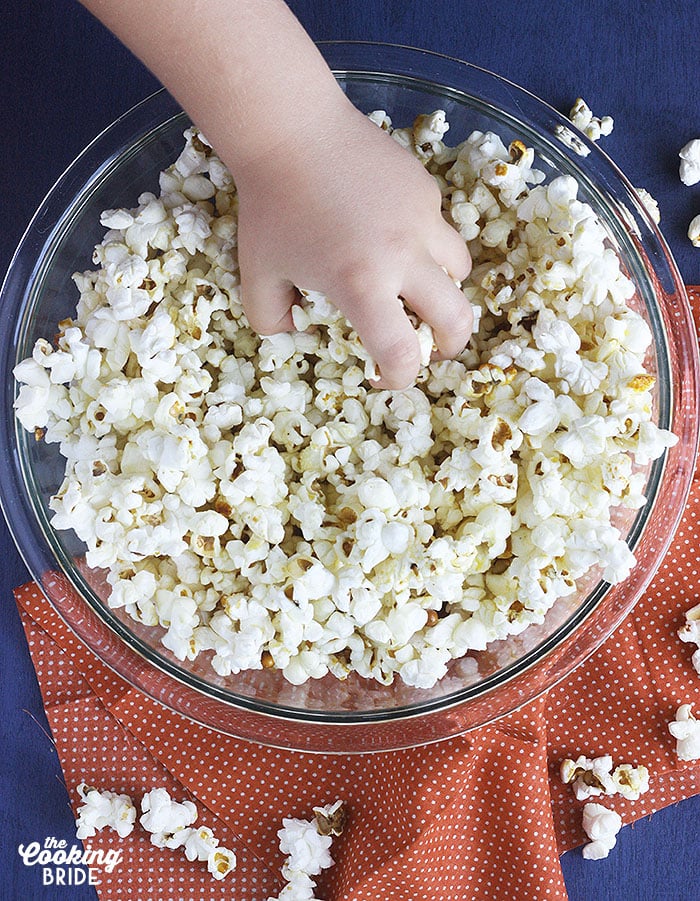

Homemade Kettle Corn
Ingredients
- ¼ cup cooking oil
- 1/3 cup powdered sugar
- ½ cup unpopped popcorn kernels
- 1 teaspoon salt
Instructions
- Place the oil and three popcorn kernels in a large stock pot with a lid. Cover the pot and heat the oil over medium heat.
- Once the kernels pop, the oil is hot. Remove the lid and add the rest of the popcorn kernels, the sugar and the salt. Stir the contents to combine and coat the kernels. Replace the lid.
- Once the kernels begin to pop, remove the pot from the heat and shake hard back and forth for four seconds. Return the pot to the heat for ten seconds. Then shake again for four seconds. Repeat until the popping begins to slow.
- Remove the pot from the heat but leave the lid on until the popping completely stops. You will probably have to repeat shaking one or two more times just to ensure the sugar does not stick to the bottom of the pan.
- Spread the homemade kettle corn onto a layer of newspaper, paper bags, waxed paper or parchment paper to cool.
- Store kettle corn in an airtight container or plastic bag. Kettle corn is best if eaten within 2-3 days.


